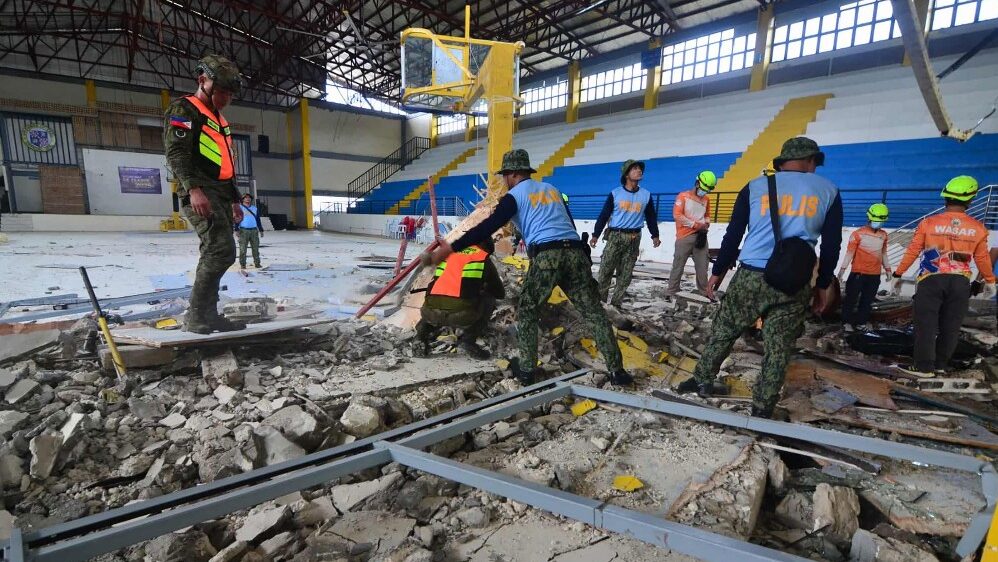MANILA – A powerful 6.9-magnitude earthquake struck off the coast of Cebu province on Tuesday night, leaving at least 26 people dead and 147 others injured, according to reports by Xinhua and local authorities.
The Philippine National Disaster Risk Reduction and Management Council (NDRRMC) confirmed on Wednesday that the number of casualties may increase as rescue and recovery efforts continue. Many areas remain difficult to access due to damaged roads and collapsed bridges.
Authorities said the quake struck at 9.59 p.m. local time, initially recorded at 6.7 on the Richter scale before being revised to 6.9 by the Philippine Institute of Volcanology and Seismology (Phivolcs). The quake’s epicenter was located about 19 kilometers northeast of Bogo City, with a shallow depth of five kilometers.
Local media outlets reported scenes of grief and devastation as families in Bogo City were seen weeping after the remains of their loved ones were placed in black body bags. Emergency teams have been dispatched to provide medical aid, food, and temporary shelters for those affected.
Residents in several central and southern provinces also reported strong tremors that rattled homes and forced people to flee to open spaces. The quake caused significant damage to infrastructure, including cracked highways, broken bridges, and partially collapsed buildings.
President Ferdinand Marcos Jr. has ordered government agencies to mobilise immediate relief operations and ensure that all affected communities receive assistance. Search and rescue operations are ongoing in areas where victims are feared to be trapped under rubble.
The Philippines, situated on the Pacific “Ring of Fire,” frequently experiences seismic activity and volcanic eruptions. Experts have warned that aftershocks may continue over the coming days, and residents are advised to remain cautious.
This earthquake is among the deadliest to hit the country in recent years, raising fresh concerns about disaster preparedness and the resilience of public infrastructure in quake-prone regions. – Bernama-Xinhua

